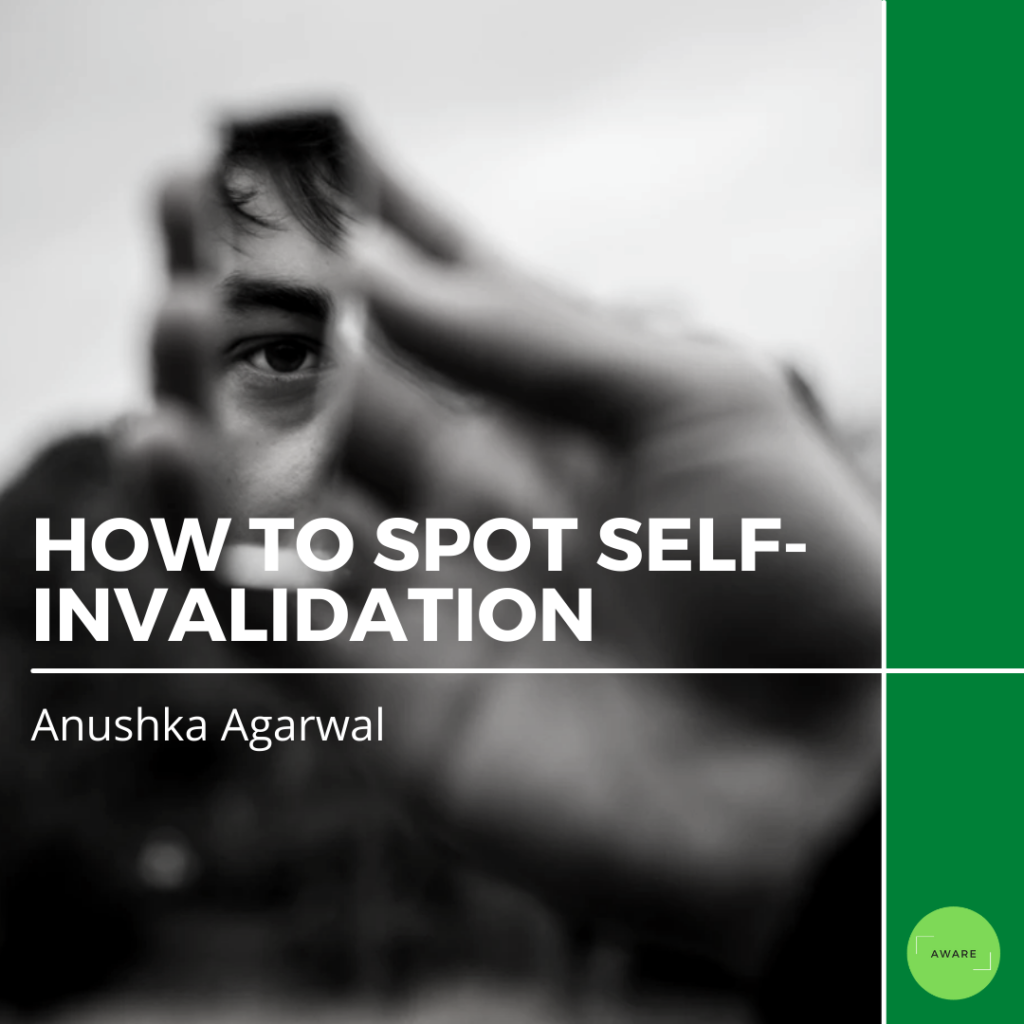Self-invalidation can be described as how individuals believe that they are ruled by specific black-and-white ideas of what they “should” and “should not” do, feel, or think. When people do not live up to those expectations, we believe that something is “wrong” with us, rather than the unrealistic expectation we put on ourselves. It is a subtle, pervasive form of self-abuse at times.
Self-invalidation is difficult to spot since it is so ingrained in our daily self-talk that it has become syntonic in our thoughts. These ideas remain unnoticed, unquestioned, and unchallenged as they pass by. Shame is one of the long-term consequences of self-invalidation. It builds emotional distance when people dismiss our feelings. We alienate ourselves when we invalidate our own feelings. We also instill sentiments of guilt and shame in ourselves. Recovery from depression and anxiety is made more difficult by self-invalidation.
How Can I Spot It?
There are plenty of variations regarding common phrases that individuals use when they self-invalidate their emotions –
- “I should be over this by now.”
- “I should be ashamed of myself for feeling this way.”
- “I should realize how much I have to be grateful for and not be dwelling on this.”
- “The way I feel is ridiculous.”
- “I must be crazy.”
Try to recognize when you have these thoughts or patterns of negative self-talk, then you can start to identify them. Identification can be done by asking yourself what you are really saying to yourself. Write it down on a piece of paper, and then read it out loud. Does it sound true? Then, give these thoughts and feelings an accurate, representative label. When you start to accept the thought as is, it is easier to realize that you do not have to react to them negatively. Self-invalidation is a learned behavior. When others invalidate us and our feelings and the longer it happens unchecked, the more likely we are to internalize those invalidations and start saying them to ourselves.
How Can I Challenge and Change the Pattern of Self-Invalidation?
- Notice your self-talk patterns.
Do you realize the ways in which you talk to yourself? Learning to reflect on how we are talking to ourselves is the first step to changing things around.
- Replace the invalidating language.
Learn to ask yourself questions about your situation instead of giving out judgment and criticism. That way, the judgment and invalidation is removed from the thought and a path toward an action plan is built right in.
